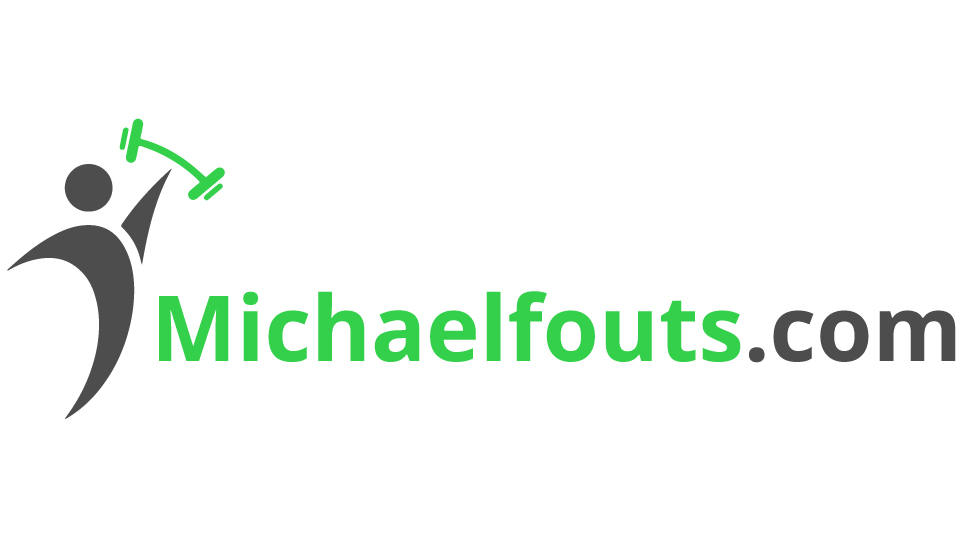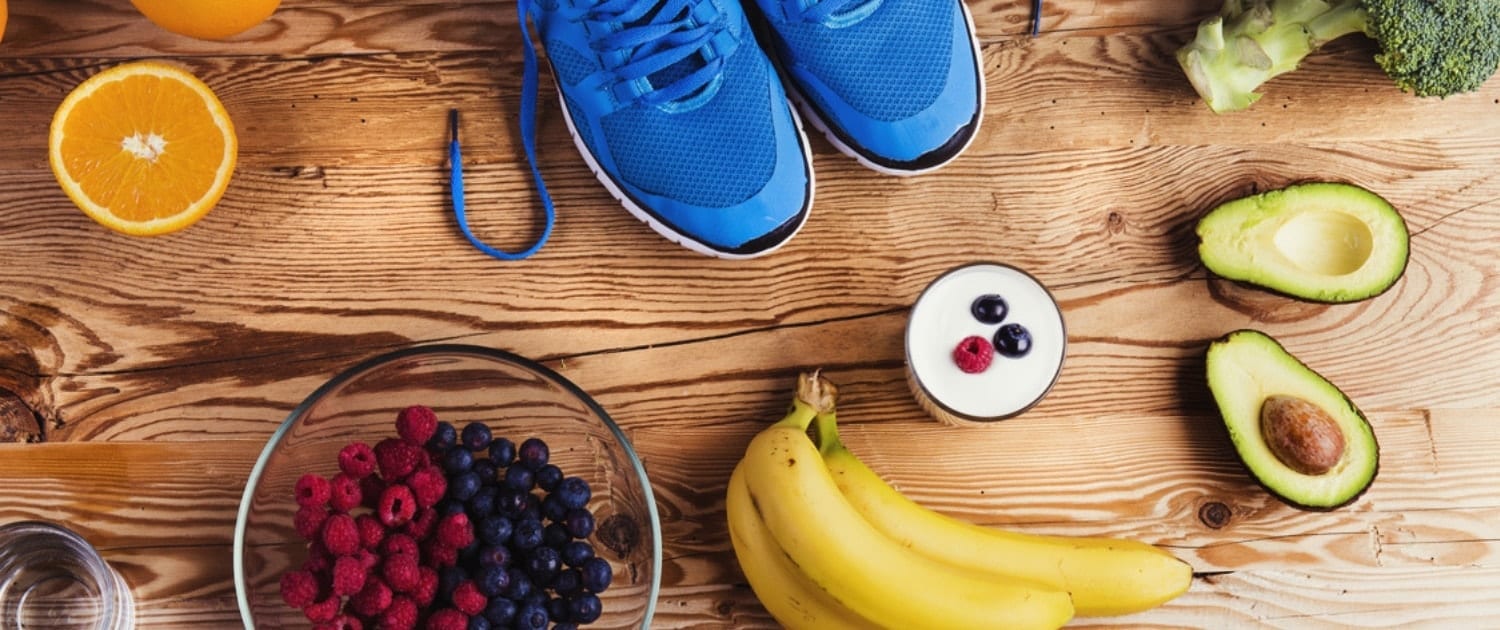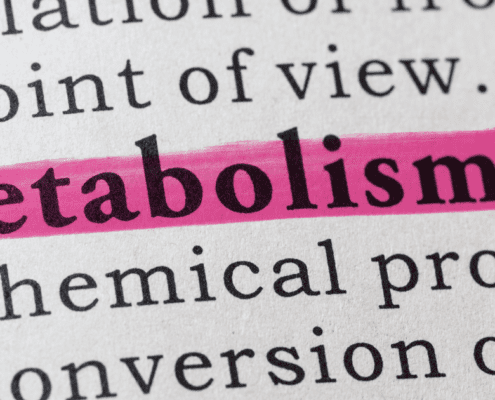Be A Better Athlete By Optimizing Your Nutrition
Last updated: Sep 20, 2020 by Michael Fouts
Estimated reading time: 4 minutes
Nutrition plays such a huge role in performance of any kind, especially as an athlete. To understand this better, let’s first go over how your body uses energy and the fuel sources you give it – food and different types of macronutrients – carbohydrates, protein, fat.
Fuel Sources
In order to understand how to fuel your body for sport, you need to understand how your body uses “fuel.” Let’s look at what fuel stores your body has, there are three types: sugar, fat, and muscle; the most efficient storage type being fat. Let’s talk about each a little.
Sugar
Your body’s main sugar stores are blood sugar, and liver and muscle glycogen; glycogen is a form of “stored sugar” that can be quickly broken down to sugar when needed. Your body aims to tightly regular blood sugar levels, and it’s balanced either by the food you eat or the dynamic process of glycogen and fat breakdown. Sugar’s simplest form (lego blocks that builds stuff) is glucose.
Fat
Your body’s storage of fat is, well fat. We accumulate fat when our body is in a caloric surplus. Any macronutrients can be converted to fat, and fat is the most sought after energy storage type due to it’s density. Fat’s simplest storage form is an accumulation of fatty acids and glycerol to make the stored form of fat: Triglycerides.
Protein
Last but not least, Protein. Our body’s storage sites of Protein are our muscles, this includes our organs; your body will only use your organs for fuel as a last resort – think life or death. Protein’s simplest form is amino acids; 20 different types to be exact.
Now, the way your body uses some of the different energy sources differs on the energetic demand imposed on the body, so now let’s talk about Energy systems….
Energy Systems:
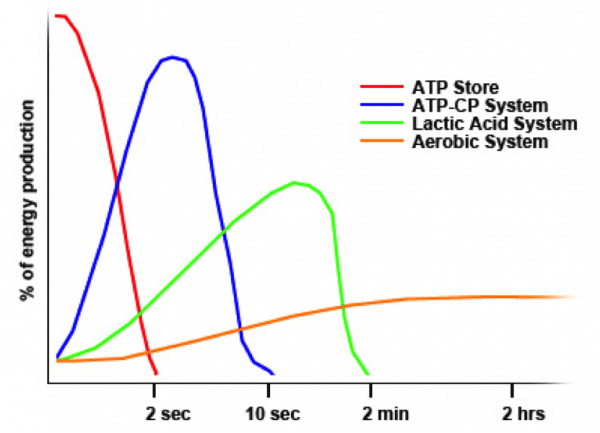
I’m going to try and keep this as simple as possible, and I’ll use the following graph to illustrate. When you are exercising for different intensities and different durations, your body uses different fuel sources based on that specific energy pathway’s ability to create ATP and how much of it. For those of you that don’t know what ATP is, think of it as the molecular currency of energy; read here for more information
Your body has 4 primary energy systems which provide ATP for you to use; this ATP is provided and replenished by the earlier fuel sources we talked about (Sugar, Fat, Muscle). The quicker energy systems (red, blue, and green) produce ATP faster, but don’t make optimally – they don’t yield as much ATP. If none of that makes sense and I’ve lost you, that’s ok we’re not going to focus it too much. I just needed to allude to it so that you understand what I’m going to talk about next.
But before we talk about that, I wanted to state that all of these systems are dynamically being used together. In relation to playing squash, if you’ve been playing for more than 2 minutes you’ll be predominately using your aerobic energy system. However, the second you take an explosive front court lunge you’re now tapping into your ATP-CP system, while your aerobic system continues to work. It gets more complicated then that, but i’ll leave it at that and just know that all the systems work together at varying amounts. If you want some more information, read this.
Related Read: How Weight Training Makes You A Better Athlete
Ok, so how does all of this look from a fuel source standpoint? Well, really it’s just blood sugar, glycogen (stored sugar in your muscle or liver) and fat. What fuel source you use depends on the intensity that you are exercising at. Aerobically, think you can carry on a comfortable conversation, Fat is the predominant fuel source used to supply the previously talked about 4 energy systems. Oppositely, if you’re unable to carry a conversation and exercising intensely, you are using glycogen as your primary fuel source. A good way to think of this is: walking uses fat, a 400m run uses glycogen. But also understand that, like the energy systems talked about earlier, this is a dynamic process and fat, blood sugar, and glycogen are all being used to some degree. Muscle is involved, but to a lesser extent so to avoid over-complication we won’t talk about it.
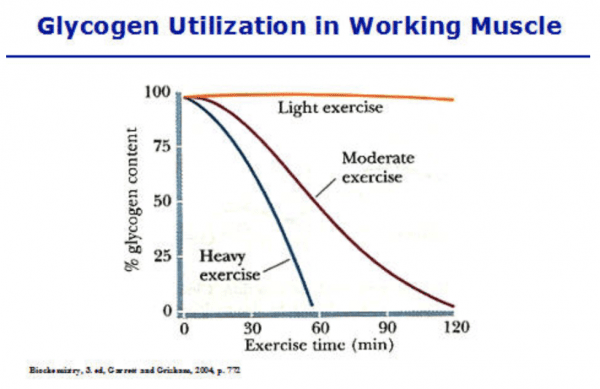
Your body has a limited supply of glycogen, where as we – some more than others – have a fairly extensive supply of fat. With continued intense enough exercise, and if you don’t replenish your body with sugar of some sort, you will run out of glycogen. As seen from the second graph, there will be a point where if you completely run out of glycogen you will hit a “wall.”
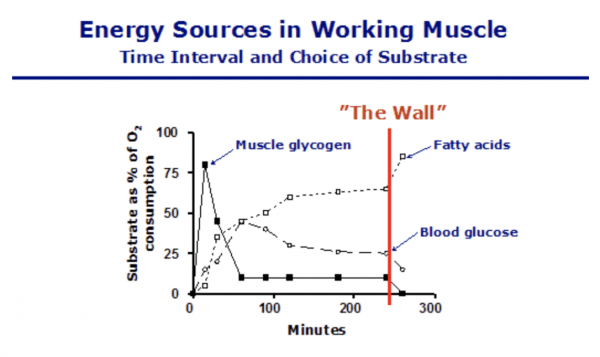
Something worth noting:
- As you become a “more trained” and more fit athlete, your body will hold larger reserves of muscle glycogen. Also, different body types and genetics make certain people more adept at storing and holding more glycogen too.
- Your glycogen stores will also “shrink” if you don’t continue to provide the training stimulus to promote retention and/or growth of them.
The above two points should make intuitive sense, either from not playing squash for a while and wondering why your muscle endurance sucks, or it should help explain why some people can play longer than others. Also, just to clarify, everything talked about up to point is being referred to the muscular level and not cardiovascular; there are a whole set of other adaptations that happens with your cardiovascular system, we’ll save that for seminar and another post.
The two graphs seen here were taken from this article.
Ok, what does all of this mean? Well what you should takeaway from all of this is the following points:
- You need to replenish your body with sugar (from carbohydrates – fruit, bread, etc.) following exercise to re-fill your glycogen stores so that you can continue to perform in the future – this is why beer is better post squash than water. If you aren’t worried about performance, and are instead looking to lose weight then skip this suggestion: your body’s fat stores will replenish your glycogen stores – not quickly, but eventually.
- Having a source of protein following exercise is important. We didn’t talk much about protein, but consider the following example to understand:
- You played squash long enough to completely deplete your glycogen stores. Your body now wants to replenish them, but now only has two storage forms to choose from: Fat, and Muscle; your liver glycogen will replace some of the muscle glycogen, but let’s ignore that for now. So, if you have a protein source and it get’s broken down in your blood, you now have an available source for your body to use and push the dynamic process of muscle breakdown and building in the favor of building and maintaining that muscle to avoid it’d use to replenish muscle glycogen. Essentially by having some protein after exercise (think 15-30 grams) you are “tipping the scales” in favor of your body using fat to replenish muscle glycogen.
- Depending on intensity of exercise, it might be advantageous to supplement your exercise with something with sugar in it around the 45-60 minute mark. Reason being, if you look at the above graph that shows glycogen use, with intense exercise you deplete glycogen around 1 hour. So, by having something with sugar in it, it’ll help prolong your endurance – sugar is your primary fuel source.
- Digestion is different for everyone, so exact suggestions can vary, but here are a few suggestions on what you could have at that 45-60 minute mark:
- Watered down (1/2 & 1/2) Apple juice (watered down because Apple juice is much more concentrated than sports drinks like Gatorade)
- Gatorade / Powerade
- Sports drinks have the benefit of having electrolytes (Sodium, etc.) in them, but studies have shown you only need electrolyte replacement after 1 hour of intense exercise. So understand that if you’re playing under 1 hr, my suggestion is to skip the sports drink and go eat some good-ol fashioned food after your exercise; unless you’re needing to “top up” to play again, or play longer.
- 1/2 banana (I find I can digest 1/2 banana, but sometimes a full one gives me issues)
- I say: “it might be advantageous” because most people don’t exercise intense enough for this. If you track your calories with a smart watch, think at the 300-400+ calories mark is when you might need to introduce a sugary beverage.
- For those interested, the amount of calories burned in 1 hour of squash has been suggested to be around 800 calories. I know for me, this can be a fairly correct assumption – sometimes higher If i’m the less skilled player and chasing balls all over the court. If you aren’t wearing some sort of calorie tracker (HR monitor, FitBit, Smart, etc.) then understand that this value isn’t true for everyone. If you are having less than 5 hits in a rally, this probably isn’t you. Also, in reference to ESL, this doesn’t include the down time between games and most matches are only 30-40 minutes, so a more realistic number would be around 400-500 calories.
Related Read: How Weight Training Makes You A Better Athlete
